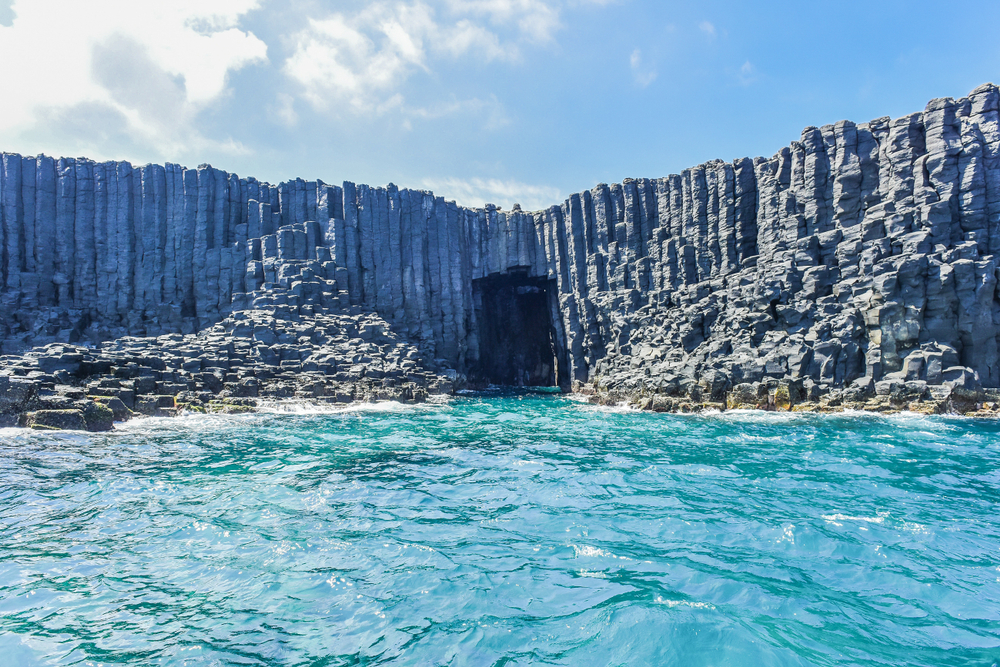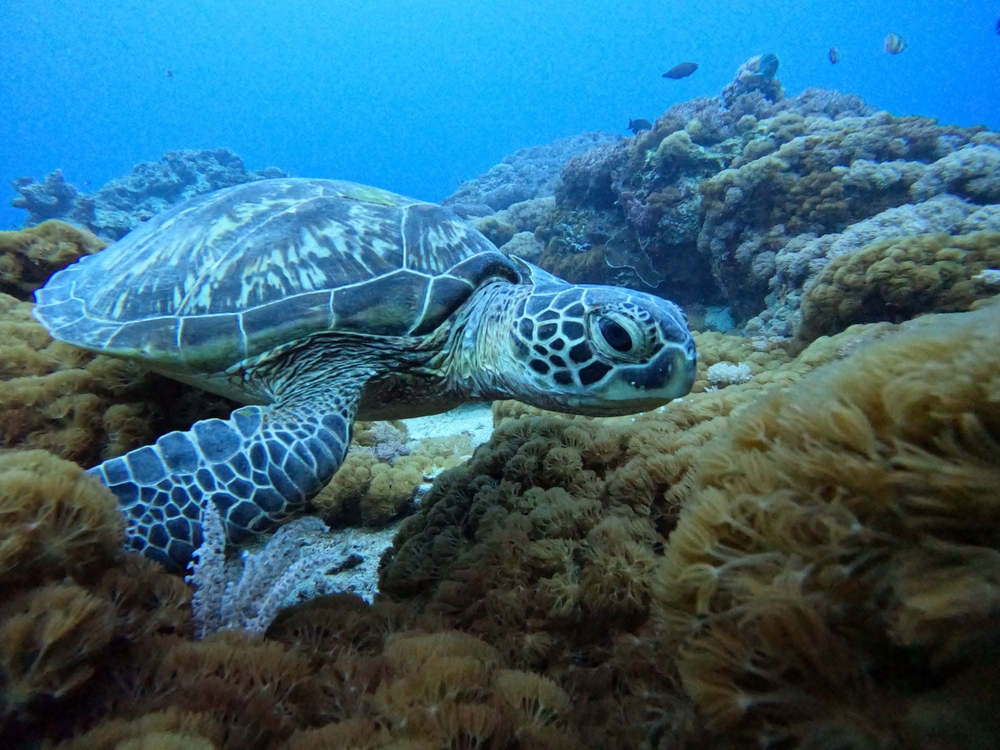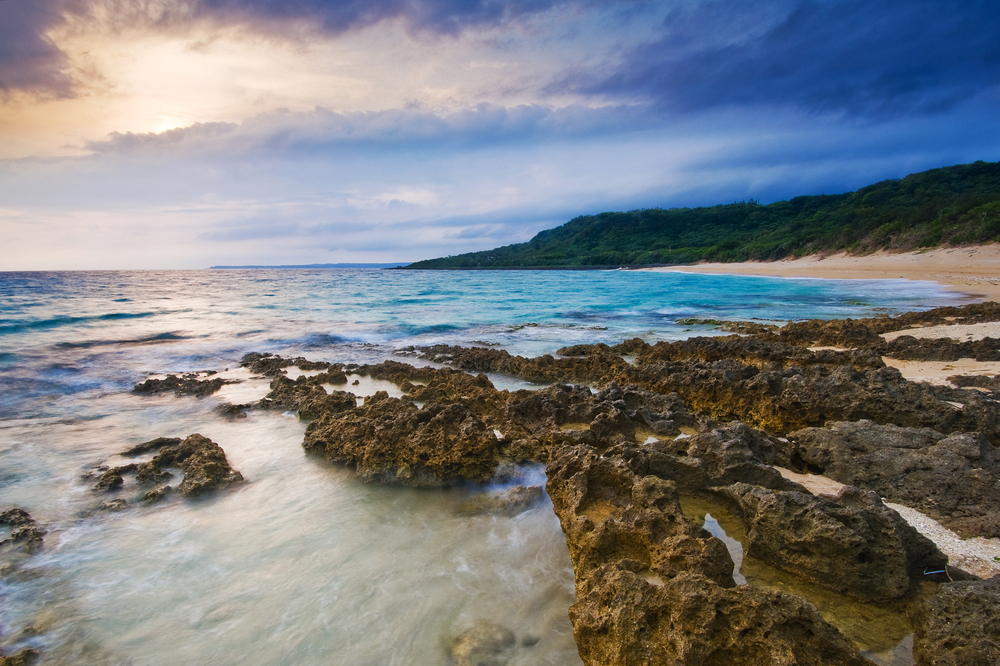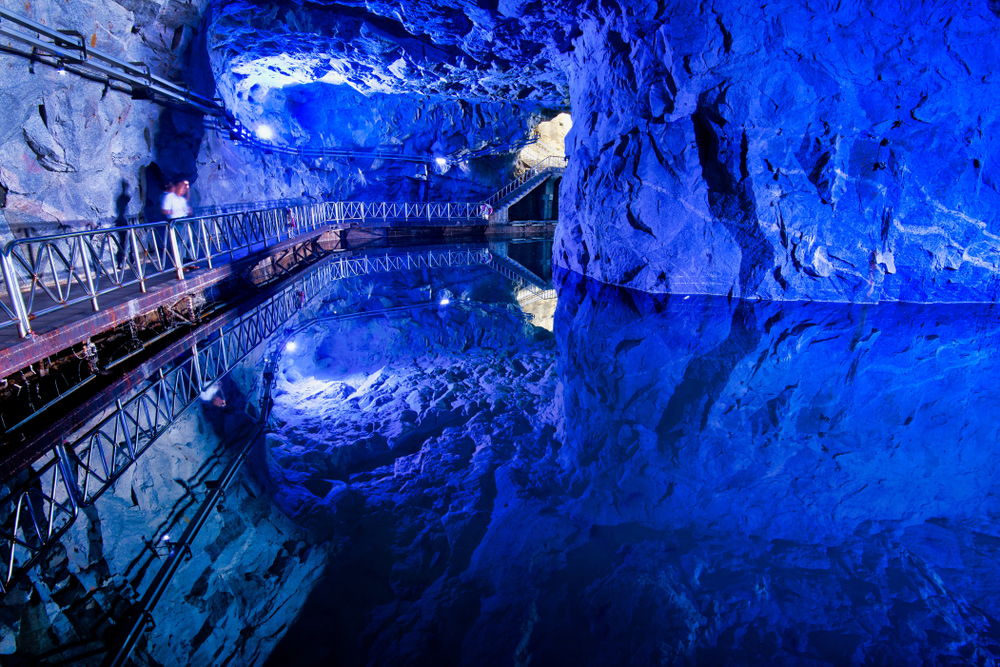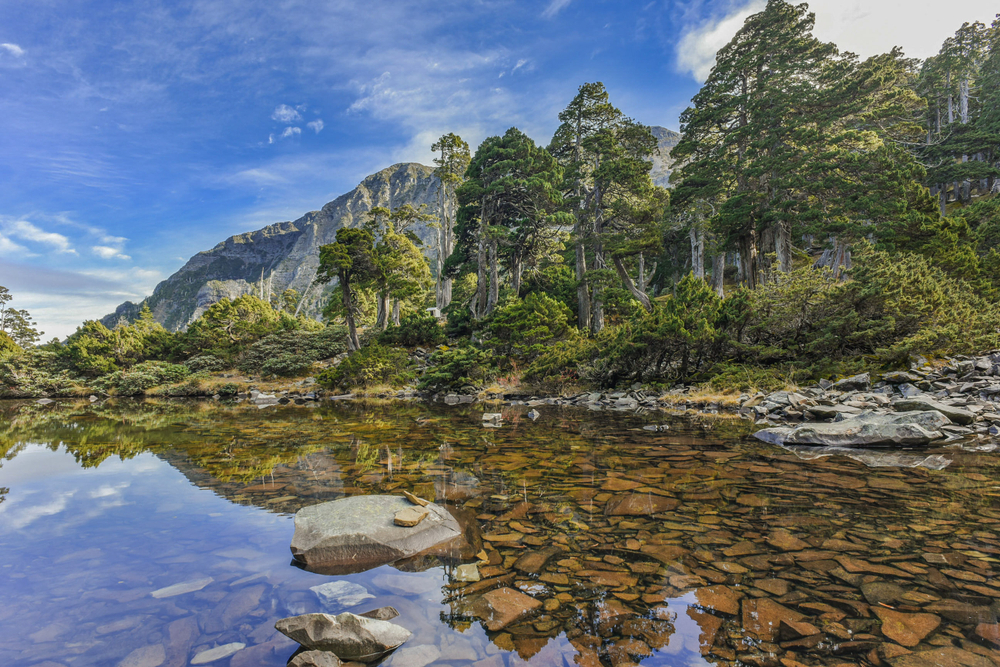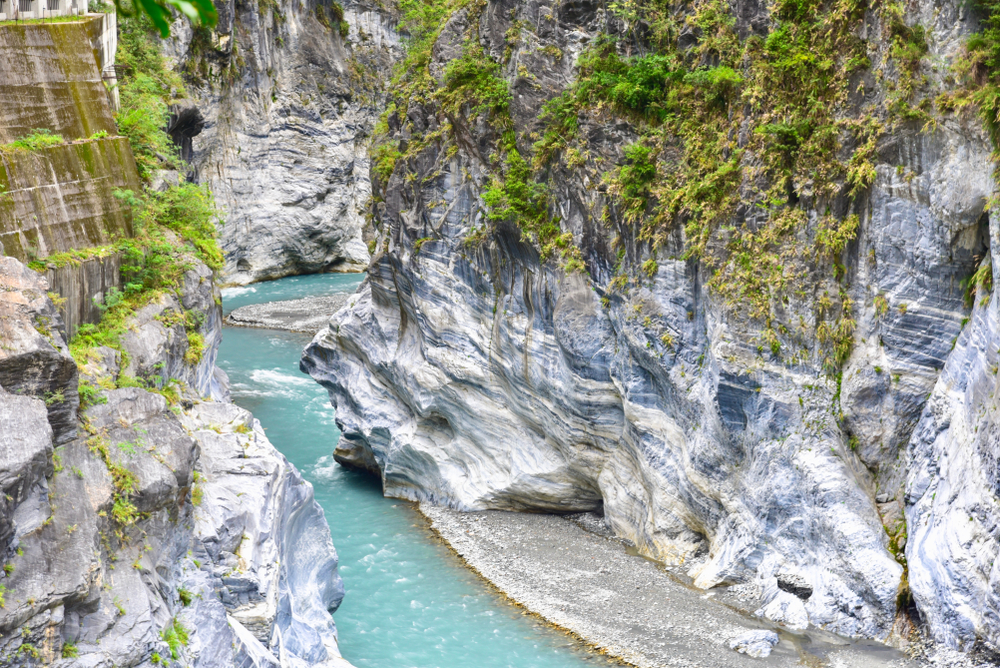South Penghu Marine Overview
South Penghu Marine National Park, or 南方四島國家公園 (Nánfāng Sì Dǎo Guójiā Gōngyuán) in Mandarin, is a pristine marine sanctuary located in the southern part of the Penghu Archipelago in Taiwan. Covering approximately 97 square miles (251 square kilometers) of ocean and land, this park was established to protect the region’s unique marine and terrestrial ecosystems, as well as its geological and cultural heritage. The park spans four main islands: Dongjiyu, Xijiyu, Dongyupingyu, and Xiyupingyu, along with surrounding waters, forming a biodiverse and scenic haven that draws both researchers and travelers alike.
The terrain of South Penghu Marine National Park is characterized by dramatic basalt formations that showcase the area’s volcanic origins. Towering columnar basalt cliffs rise from the sea, creating awe-inspiring landscapes that are especially striking when viewed at sunrise or sunset. The islands also feature sandy beaches, rocky shores, and intertidal zones teeming with life. Vegetation on these islands is adapted to the harsh marine environment, with salt-tolerant plants such as sea purslane and beach morning glory dotting the landscape. The waters around the park are crystal-clear, allowing for an unobstructed view of vibrant coral reefs and underwater ecosystems.
Wildlife in South Penghu Marine National Park is incredibly diverse, both above and below the water’s surface. The park is a critical habitat for many marine species, including green sea turtles, which nest on the islands’ beaches. The coral reefs are home to a dazzling array of fish, such as clownfish, butterflyfish, and parrotfish, alongside larger marine animals like reef sharks and rays. Birdwatchers will be delighted by the sight of migratory seabirds, including terns and shearwaters, which use the islands as a stopover during their long journeys. The intertidal zones are rich with crabs, mollusks, and other small creatures, offering a glimpse into the park’s thriving marine biodiversity.
Visitors to the park are drawn to its unique combination of natural beauty and outdoor activities. Snorkeling and scuba diving are popular ways to explore the underwater world, offering up-close encounters with coral reefs and marine life. Kayaking is another favored activity, allowing visitors to navigate the turquoise waters and marvel at the towering basalt cliffs from sea level. For those who prefer staying on land, hiking trails on the islands provide stunning views of the surrounding ocean and geological formations. The park’s remoteness and lack of large-scale tourism infrastructure make it an ideal destination for those seeking a tranquil and unspoiled natural experience.
Conservation efforts within South Penghu Marine National Park have focused on protecting its fragile ecosystems from overfishing, pollution, and the impacts of climate change. Regulations on fishing and tourism activities have been implemented to minimize human impact, and local communities are involved in promoting sustainable practices. While challenges such as illegal fishing and the vulnerability of coral reefs to warming seas remain, the park has seen successes in restoring biodiversity and raising awareness about marine conservation.








































































